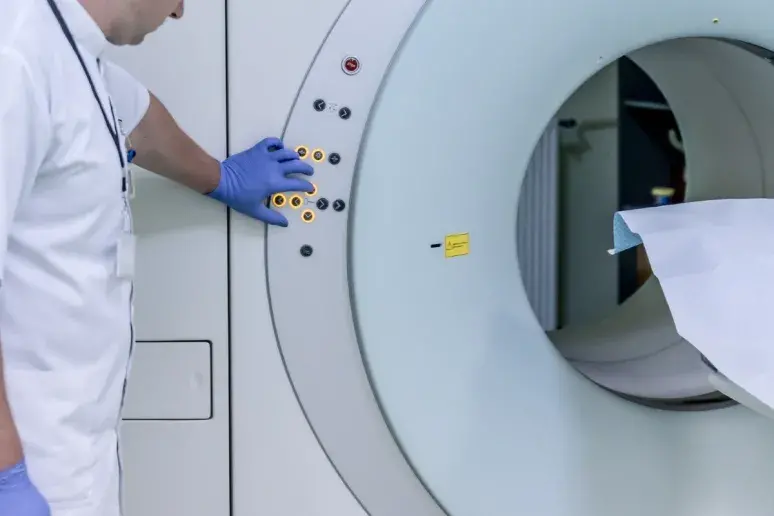
Iron-reducing drugs could treat Alzheimer’s disease
An accumulation of iron in the brain’s outer layer could be contributing to cognitive deterioration in individuals with Alzheimer’s, a new report suggests. Scientists from the Medical University of Graz in Austria have found that those with the disease have higher levels of iron than normal in some key areas of the brain.
These include deep grey matter, temporal lobes and the neo-cortex, correlating with clumps of a key protein called amyloid beta, which has long been associated with Alzheimer’s. The findings come after 17 years of MRI scanning participants in the study.
In practice, the results could open the way for drugs that tackle the iron burden on the brain, known as chelators, to be used to treat people with Alzheimer’s. While the brain requires a certain amount of iron from the blood to function properly, getting the balance right is important to prevent any negative effects.
Professor Reinhold Schmidt of the Medical University of Graz in Austria and co-author of the study, said: “Our study provides support for the hypothesis of impaired iron homeostasis in Alzheimer's disease and indicates that the use of iron chelators in clinical trials might be a promising treatment target.
“MRI-based iron mapping could be used as a biomarker for Alzheimer's disease prediction and as a tool to monitor treatment response in therapeutic studies.”
There is currently no cure for Alzheimer’s disease, with the only treatments slowing the progression when a diagnosis is made early enough in its onset. With an estimated 50 million people living with the disease worldwide, scientists globally are looking for a cure.
Despite decades of research, there have not been any significant breakthroughs in recent years and new approaches are constantly being sought. In the meantime, lifestyle choices are among the most effective ways to prevent the onset of the disease.
The latest research is not the first time abnormal levels of iron have been connected with Alzheimer’s, as scientists as far back as 1953 have been aware of a possible link. In fact, iron accumulation has been found in people with varying neurodegenerative disorders.
What researchers now need to find out is whether the iron levels in the brain are the cause of such conditions or a by-product of them. If it’s the former, then prescribing chelators to elderly people living with Alzheimer’s could be a step towards tackling the disease.
In the Austrian research, half of the 200 people who were given MRI scans had Alzheimer’s. An iron map of the brain was then created using data obtained in the scans, showing where the accumulations were concentrated.
Among the areas seeing the most iron in Alzheimer’s patients were the temporal lobes, which are used in communication, and the occipital lobes that are used to process vision. While Alzheimer’s is associated with increased rates of brain tissue loss, the iron accumulation presented cognitive deterioration independent of this.
Find your nearest Barchester care home
With over 200 care homes in the UK, there's always a Barchester care home near you.
